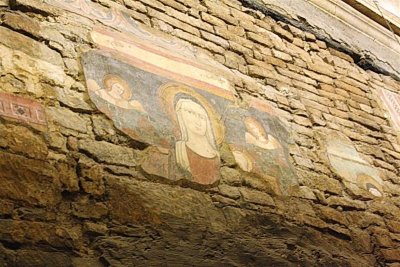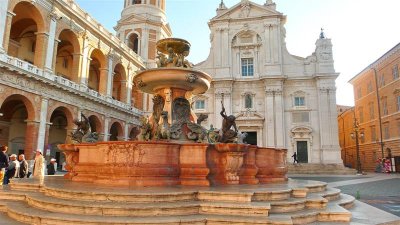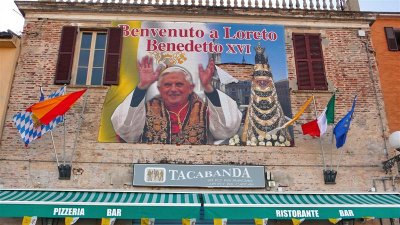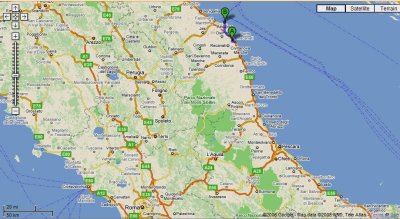





 |
 |
 |
 |
 |
 |
| LeSon Photography | profile | all galleries >> Visit ... Europe Pilgrimage 2007 >> Visit ...Loreta, Italy. The Black Madona | tree view | thumbnails | slideshow |

:: See...Santa Casa chapel--the Black Madona :: |

:: See... Basilica of Loreta Interior :: |

:: See... Interior Court Yard :: |

:: See...Basicila Surrounding :: |
 From Ancona harbor to Loreta |
| comment | share |
| JC | 27-Mar-2017 04:20 | |
| Fernand | 19-Feb-2012 21:55 | |
| Casiorizzo | 14-Jun-2008 00:16 | |
| Guest | 10-May-2008 23:19 | |